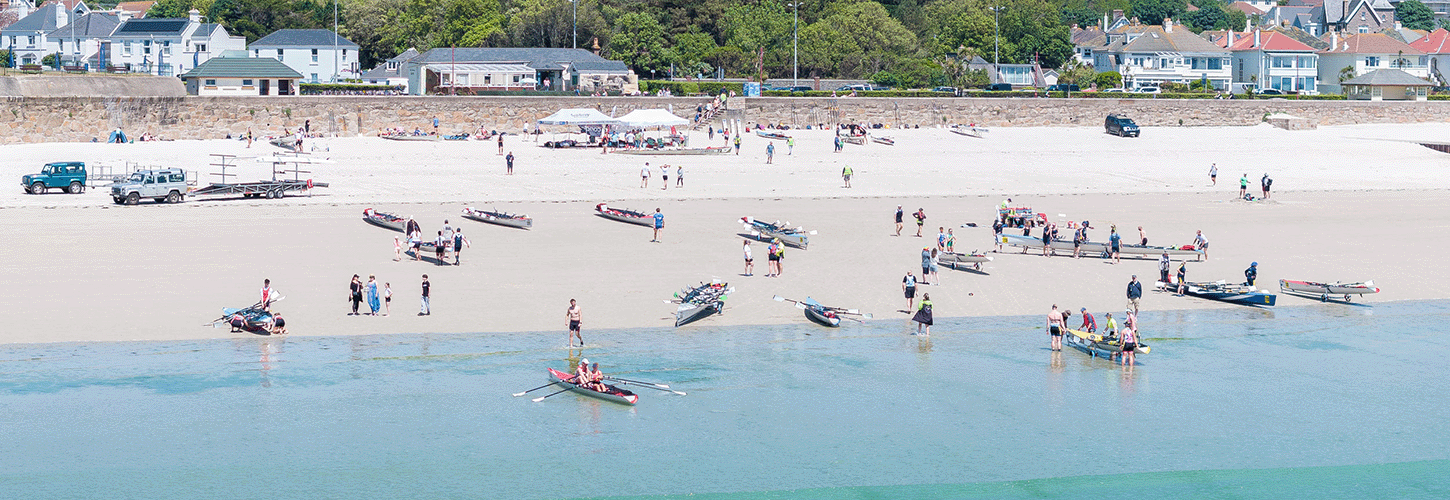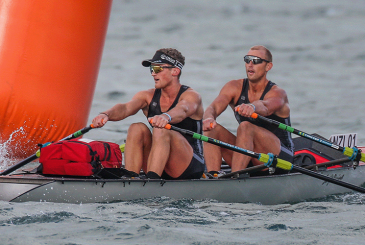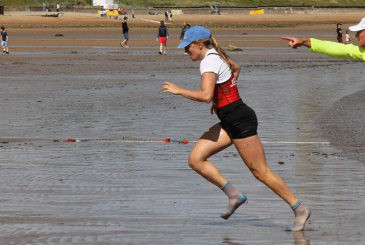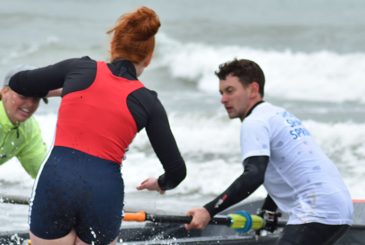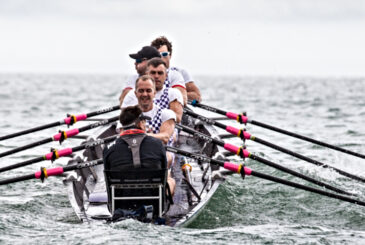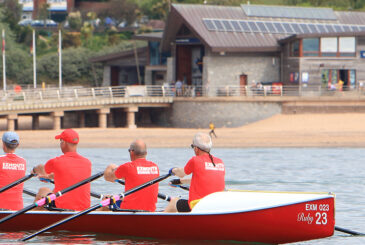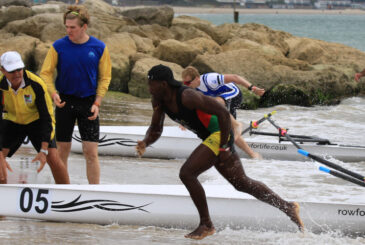Are you gearing up for your first coastal sculling endurance race (also known as ‘enduro’) this summer? Seasoned coastal sculler Jerry Owen has put together this essential guide to help you prepare. From the best weather apps to pre-race gear checks and course planning – read on to make sure you’re race-day ready!
The day before the race
1: Check the weather
Knowing what conditions to expect is crucial for coastal rowing. Apps like Windfinder and Surfline provide detailed wind and swell forecasts – helping you anticipate what the sea might throw your way.
Coastal races often push on through conditions that would cancel any flatwater regatta, so be prepared!
2: Pack smart
Packing for variable weather is key. Coastal boats can handle rough conditions, but can you? Here’s what to bring:
- Layers for warmth – coastal winds can cut through you fast
- Waterproofs – a dryrobe® is a smart addition
- Sun protection – yes, even on cloudy days
- Spare clothes – staying dry between races is a game-changer.
Remember, many beaches offer little to no shelter — so dress for the long haul, whatever the forecast.
3: Learn the course in advance
Don’t leave navigation to chance. Study the route, buoy placements, and turn directions in advance. If you can, practice turns beforehand — tight, controlled turns save valuable seconds.
Top tip: Memorise the turn sequence as a crew — it’s one less thing to think about mid-race.
Also, check whether the race starts from the beach or on the water — both have unique challenges, and it’s best to be prepared for either.
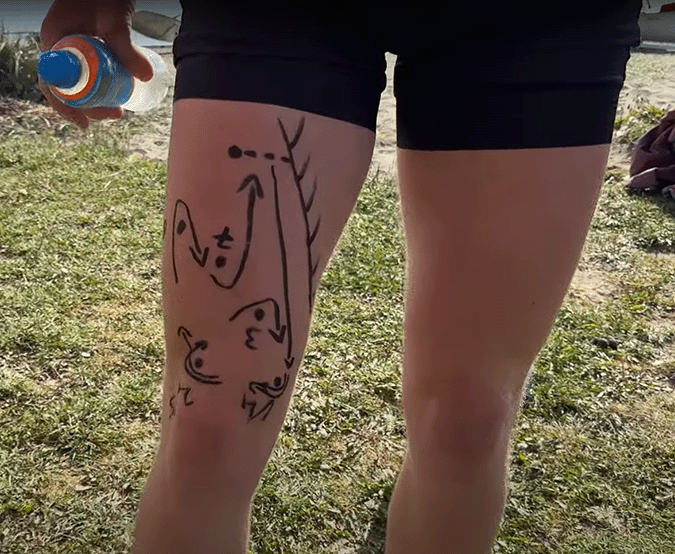
The morning of the race
4: Find your boat and blades early
Avoid last-minute stress by finding your equipment first thing. If you’re renting a boat from Swift Racing, head to the trailer to get your allocated number and start rigging.
Top tip: If you’re sharing a boat, meet the previous crew early to discuss rigging setups and coordinate handovers – especially if there’s a tight turnaround between races.
5: Check the course from the shore
Seeing the course from the beach brings the map to life. Identify buoys and landmarks — they often look different from the water.
If you’re not racing first, watch an earlier race. This helps you to:
- Pick the best start line position
- Spot where crews drift wide
- Plan mid-race corrections.
Final prep: Race time approaches
6: Prioritise getting your boat ready
By now, you know where your boat is – but getting it race-ready is critical. If it’s still on the water, grab a trolley for an easier recovery. Coastal boats are heavy and awkward to move without one.
Boat check essentials:
- Inspect the hull – look for damage or water inside
- Open all hatches – sponge out any water
- Remove the stern bung – water can collect in different compartments
- Chat with previous crews – they might have intel on course conditions or tricky sections.
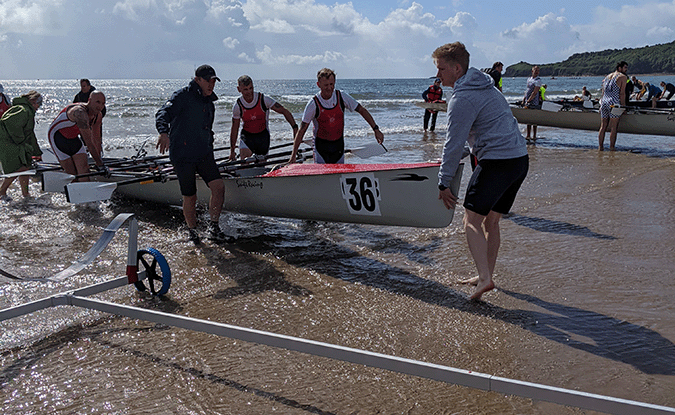
7. Safety gear: Don’t get caught out
Coastal endurance events have extra safety requirements compared with flatwater races:
- Personal Flotation Device (PFD) – one for each crew member
- Tow line – securely tied to the bow and running back to the bowman
- Heel restraints and secure hatch covers – these will be checked before you’re allowed on the water.
No gear = no race.
Final thoughts: Embrace the adventure
Coastal sculling endurance racing is a thrilling, unpredictable challenge – no two races are ever the same. Waves, wind, and tide make every stroke an adventure.
- ✅ Be prepared
- ✅ Stay adaptable
- ✅ And most importantly – have fun!
Header photo: BamPerspectives



